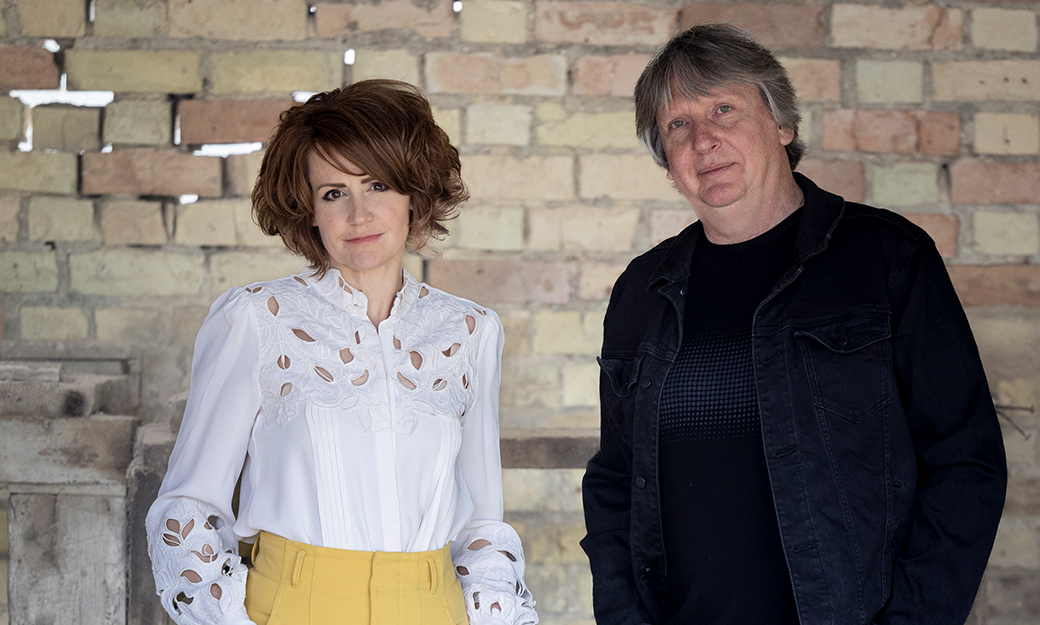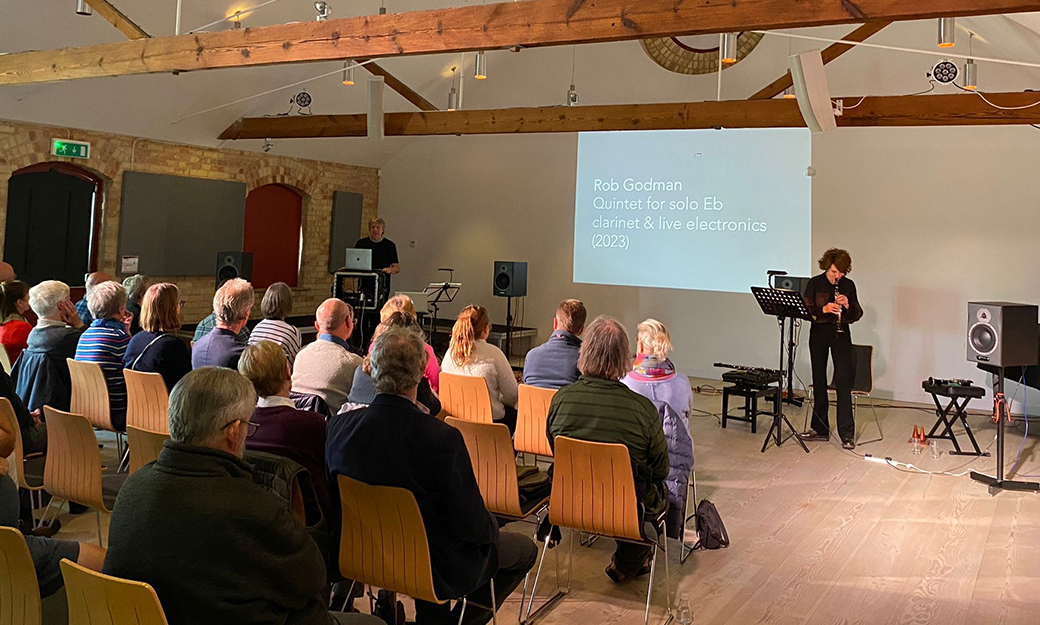Stapleford Granary Network
Knowledge Exchange Placement – Rob Godman and Kate Romano
Stapleford Granary Arts Centre
This knowledge exchange places composer / sound artist Rob Godman within Stapleford Granary Arts Centre, working with CEO / clarinettist Dr Kate Romano. Together, they will decipher, analyse and interpret a body of little-known, unpublished music for clarinet and electronics composed in the pre-digital 1970-80s by American pioneer William O Smith (1929 - 2000). We seek to create and disseminate new performance materials for Smith’s obsolete music, opening up a ‘dead spot’ in the repertoire. We will bring this neglected repertoire into historical performance discourse, whilst asking the question: to what extent is it possible to ‘future-proof’ music?
The project aims to:
- decipher, analyse and interpret the hand-written scores and annotations of a body of unpublished music for clarinet and electronics by Wiliam O Smith, an American pioneer in jazz, performance and composition
- address the challenges of the (now obsolete) technology used in the music, adapting this for current tools and practices (eg creating customisable software replications of obsolete hardware)
- create high quality professional recordings / films of the new performances and make these widely available to the interested general public
- disseminate new performing materials amongst professional / emerging clarinet players via our networks (UK music conservatoires) and provide mentoring for emerging creative partnerships
The practice of performing historical music is one of the most prevalent topics of scholarship and debate in classical music. Music of the 1970s and 80s has been noticeably absent from the discourse, largely considered too recent to enter into discussions. However, there is a body of music from this era combining acoustic instruments and live electronics which, due entirely to its own progressive and experimental qualities, quickly became obsolete. Performing this music today requires a new collaborative skill set from instrumentalists and technicians, and an informed aesthetic approach. This knowledge exchange takes steps to bring this unknown body of repertoire into the conversation, and the concert hall.

